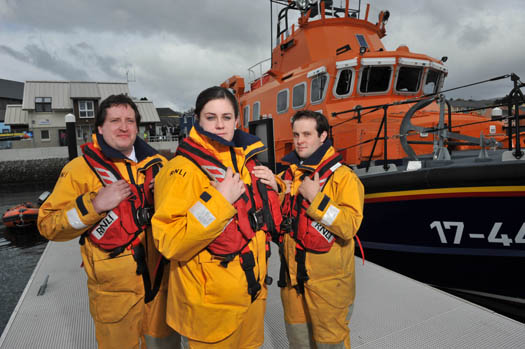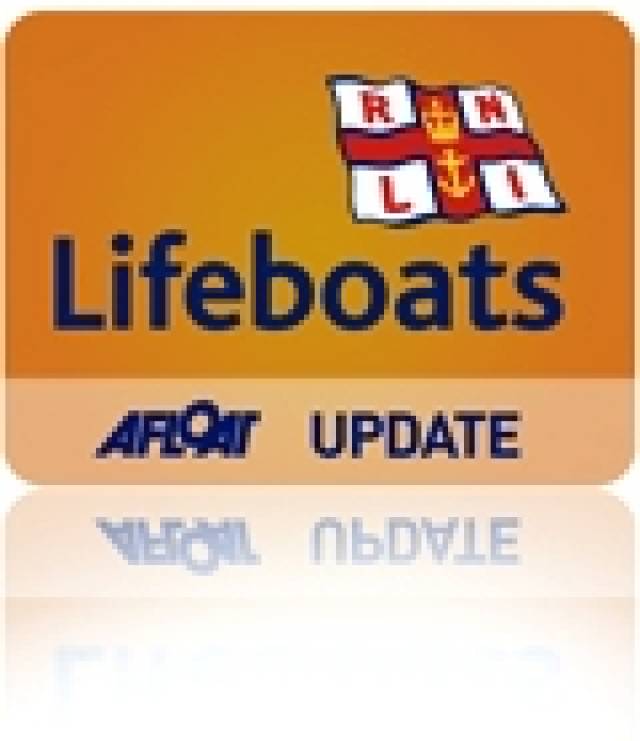Castletownbere RNLI has officially opened its new lifeboat station and facilities on the Beara Peninsula in West Cork. The entire project cost €950,000 and has resulted in the volunteer lifeboat crew moving from the temporary accommodation, where they were based for 15 years, to a more central location. The move has resulted in the launch time of the lifeboat being halved.
Over four hundred people turned out for the ceremony and service of dedication where afterwards they took the opportunity to take a tour of the new station and pontoon, where the all-weather lifeboat Annette Hutton is moored.
Accepting the station and facilities into the care of the Institution, John Coyle, Chairperson of the RNLI Irish Council said, "This day stands as a testament to years of hard work by the people of Castletownbere. Long before there was a station here the people of Castletownbere supported the lifeboats. What this station has achieved in less than two decades is nothing short of remarkable.
Today we spare a thought for those whom we have lost to the sea and we hope that this station will be a symbol of hope and reassurance to those families whose loved ones are involved with the sea whether through work or pleasure."
Aflaot.ie correspondent Tom MacSweeney officially declared the facilities open. Speaking about the station he said, "This is an impressive building, providing facilities which are essential for the lifeboat crew and to which they are entitled. They deserve every support and facility in the difficult and dangerous task which they undertake; saving lives at sea.
The modern facilities here might only have been the dream of past lifeboat crews, today they are welcome, adding to this voluntary service. There is no greater service which a human being can give to another than to risk one's own life. May you always be available to those in peril from the sea and may the sea always be kind to you."

Castletownbere RNLI volunteer lifeboat crew L-R Killian Martin-Sullivan, Ciara O’Driscoll and Cian Murphy at yesterday's new station opening. Photo: Provision
Speaking on behalf of all the volunteers involved with Castletownbere RNLI, Lifeboat Operations Manager Tony O'Sullivan concluded, "Castletownbere lifeboat is well equipped to provide a first class rescue service to all marine traffic in the vicinity. Together with other organisations the crew in Castletownbere provides an excellent service to their community. The crew is ready and willing to respond to a call for help no matter what time of day and whatever the weather."
The volunteer lifeboat crew moved into the new station late last year after spending 15 years in temporary accommodation at Dinish Island. The ambitious building project includes a two storey lifeboat station with an adjoining pontoon from where the station's Severn class all weather lifeboat launches. The station houses a crew changing room, RNLI shop, training room and an operations office.
Casltetownbere RNLI has launched 223 times since the lifeboat was first put on service. Its crews have rescued 288 people and saved 30 lives. Last year alone, the lifeboat launched 10 times, bringing 12 people to safety. Five of those services took place in the dark while the volunteer crew spent 258 service hours at sea.
Among those in attendance at the event were John Nolan, Chairman of the Castletownbere RNLI Lifeboat Management Group, Father Sean O'Shea, RNLI Chaplain and Reverend Paul Willoughby, who both performed a service of dedication.































































